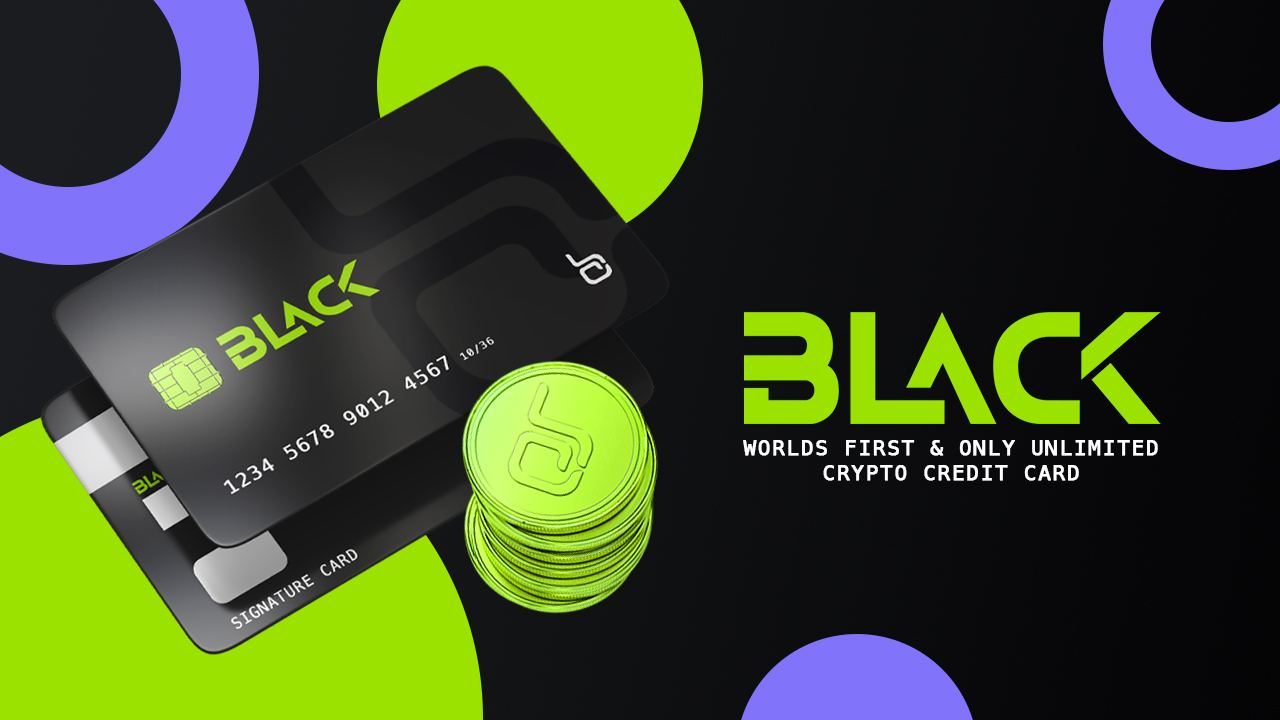Olympus DAO ($OHM)? | Different Between Olympus V1 & Olympus V2
To meet the needs of the market need a token with a stable value that does not change even when the market fluctuates and is completely decentralized. There have been many solutions born in which Olympus is a name that is mentioned a lot and attracts the attention of the community. Olympus’ goal is to create a credibly neutral currency for Web3 and to help onboard users into a decentralized, democratized economy, with the additional goal of becoming the reserve currency for DeFi. So what has made Olympus grow and maintain stability? Let’s find out with coincu.

What Is Olympus ($OHM)?
Olympus is a decentralized storage Protocol based on the OHM token – collateralized and backed by the Olympus DAO (Protocol Controlled Value – PCV). Each OHM token will be backed by a pool of assets (eg DAI, FRAX, vlCVX, WETH..) in Olympus, which will keep the value of OHM stable and not depreciate like other tokens. Understandably, Olympus is a community-owned, decentralized and censorship-resistant reserve currency that is deeply liquid, asset-backed, and used widely across Web3.
Outstanding Features
What is the project trying to achieve?
- Olympus Pro: Instead of renting liquidity in traditional yield farms, Olympus Pro provides protocols with the ability to use Olympus’ unique bonding mechanism to generate owned liquidity – benefiting both the protocol and its community over the long term.
- Preserving purchasing power: Over the medium- to long-term, the asset grows to out-pace inflation and becomes more stable over time
- Deep liquidity: Reserve currencies are highly liquid and can be easily exchanged for other assets, products and services
- Utilized as a unit of account: Other assets are denominated in the currency
- Reserve assets serve as trusted backing: The currency is viewed as reliable and relatively low risk, which encourages entities to hold large quantities of it in reserve
Currently, Olympus is early on its journey to secure OHM’s status as a decentralized reserve currency. The Olympus12 Action Plan outlines the concrete steps the DAO is taking to make this vision a reality in 2022, including making OHM as automated and governance-minimized as possible.
What is the unique selling point?
Purchasing Power: Strong purchasing power forms the foundation of a successful reserve currency. Olympus preserves purchasing power with a combination of tokenomics, sound policy decisions, and active treasury management – which in turn drives user confidence in OHM’s real and persistent value.
Universal Acceptance: A successful reserve currency must also be liquid and easily tradable for other assets. Olympus works on providing deep liquidity for OHM across a wide variety of trading pairs and blockchains.
High Utility: Finally, to reach mass-adoption, OHM must achieve high utility. Olympus is rapidly building new protocols and partnering with community initiatives to continue to expand the use cases for OHM.

How Does Olympus Work?
Olympus is run by OlympusDAO. OlympusDAO is a network of dedicated community members who execute decisions & protocol mechanisms voted on through community governance. Their eventual goal is to build an autonomous system at the protocol level, in which the behaviour of OHM is largely influenced by decentralized smart contracts and with minimal human intervention.
The DAO is pursuing a strategy of “progressive decentralization.” Currently, major components of the protocol are controlled at a high level by the DAO. Though, ultimately the focus is on creating a foundation at the Treasury, Policy and economic levels, and to enabling the community to directly operate protocol mechanics – in trust- and process-minimized fashion. The purpose of Olympus was to create a currency pegged to real assets. The project’s OHM token will not be like stablecoins, or cryptocurrencies like Bitcoin, Ethereum. Below are the active models of Olympus:
Staking
Staking is the primary value accrual strategy of Olympus. Stakers stake their OHM on the Olympus website to earn rebase rewards. The rebase rewards are minted every 2200 Ethereum blocks (8 hours) as long as there is a corresponding equivalent of 1 DAI in the Treasury to back it. This is guaranteed on the smart-contract level.
When you stake, you lock OHM and receive an equal amount of sOHM. Your sOHM balance rebases up automatically at the end of every epoch. sOHM is transferable and therefore composable with other DeFi protocols.
When you unstake, you burn sOHM and receive an equal amount of OHM. Unstacking means the user will forfeit the upcoming rebase reward. Note that the forfeited reward is only applicable to the unstacked amount; the remaining staked OHM (if any) will continue to receive rebase rewards.

What is the benefit of staking OHM?
By staking your OHM, you will become a part of Olympus DAO. By participating in the network, stakers benefit from a rebasing mechanism that ensures your position scales with OHM emissions and overall the growth of the network. Every 8 Hours (2200 Ethereum Blocks) the protocol uses two mathematical formulas to calculate the network-wide distribution.

Bonding
The project will receive LP tokens (OHM-vlCLX, OHM-DAI..) or tokens such as DAI, wETH of participants, thereby returning rewards in the form of OHM tokens. The interest is not high, and this reward has a lock-in period of 5 days. In addition, LP token holders have e chance buy again OHM tokens at 5% cheaper than market price. In other words, Olympus bonds are a pricing mechanism for any two ERC-20 tokens that does not rely on third parties like oracles. Olympus bonds internally respond to supply and demand by offering a variable ROI rate to the market and its users.

Treasury
For Olympus, the Treasury is a key function of the protocol. The Treasury represents all assets owned and controlled by the protocol. This is also known as Protocol Controlled Value (PCV). The Treasury defines a few internal classifications, and all of them combined represent the budget for various market operations, or the ability to influence OHM.
- Treasury Reserves, represented per token as liquid backing, this represents a total budget Olympus has for various market operations.
- Protocol owned liquidity – Deep liquidity is one of the central pillars that make a reserve currency. Liquidity owned by the protocol is a guarantee a liquid market facilitating exchange in both directions exists.
- Locked, vesting, or other strategic assets

Methods to ensure value for OHM
The first is the mechanism to sell Bond to generate revenue. As mentioned above, users who join as a Liquidity Provider, will have the opportunity to purchase OHM tokens at a 5% discount. This means, every time a token is sold, there will be a cash flow to buy back the token, pouring it into the project’s Treasury fund to help balance the value. Therefore, tracking the amount of this Treasury fund is also a way to assess the health of the DAO organization.
At this time while writing this post Market Value of Treasury Assets is: $420,824,506

Source: olympusdao.finance
Currently, the total treasury fund is about 300 million USD. Of these, stable assets (risk-free: no risk of volatility) are around $235 million. Whitepaper the project claims to affect the 1:1 back value for OHM. This number has improved significantly since the product’s launch, currently OHM’s circulating capitalization has reached $4 billion (which is 2 times the value of the Treasury fund.

Source: olympusdao.finance
In addition, Olympus DAO recently launched Olympus Pro, which gives Olympus DAO 3% of its revenue from selling Bond to other projects. Sum of all the above profits, Olympus DAO will share 10% with the OHM team, and 90% with OHM Stakers in the form of OHM tokens.

What is the difference between Olympus V1 & Olympus V2?
Consider the situation below and you will understand the true nature of the difference between Olympus V1 & Olympus V2.
Assuming you bought OHM V1, currently theres over a $41 difference in price between V1 and v2. If you still holding V1 and migrate to V2, do you simply have to accept that each of your coins will lose value? This is the answer.
The thing is, sOHMv1 stopped earning rebase rewards on the 12th of December, when the Index was ~446.72. But if you migrate your sOHMv1 to sOHMv2, you will get all the rebase rewards that you “missed” starting from the 12th of December.
Thus, since the current Index is $67.92, if you migrate your sOHMs now, you’ll get ~16.2% more sOHM v2 then you have sOHM v1. And if you compare the price of OHMv1 ($67.92) and v2 ($25.92) as of now – the price difference is about 16.2% as well.
So the price difference of the coins represents the ability of OHMv1 to gain “missed” rebase rewards when migrated. Yes, v1 is more expensive than v2 coins, but when you migrate, you’ll have more v2 coins. If you migrate, the total value of all your OHMv2 would be the same as the current total value of all your OHMv1. So you’re not losing or gaining anything.
Roadmap

You can check more information about roadmap at: CLICK HERE
Technical Data
Token Use Case
The OHM token serves as both the protocol’s stable currency and its governance token. Users who buy OHM can do one of three things: They can hold onto it, stake it, or provide liquidity to the SushiSwap OHM-DAI LP. Users who simply hold onto it will not see any benefits compared to holding any other token. Users who stake OHM will receive back sOHM, which is always 1:1 with OHM.
When the protocol mints OHM, it is distributed 90% to stakers and 10% to the DAO. Since there is now more OHM than sOHM and sOHM should be 1:1 to OHM, sOHM rebases to bring it back to equilibrium. This allows the ability to compound yield just by holding the sOHM token.
Finally, users can pair their OHM with DAI and provide liquidity to the OHM-DAI LP. The liquidity provider will get back LP tokens which they can then bond (essentially sell it to the protocol) to receive OHM at a discount on a vested schedule. The long term goal is that the OHM token will function similarly to a traditional stablecoin and will be used to quote product prices as well as in regular transactions.
Market and Community
Market
Olympus is well-known for its strong marketing and meme game, allowing it to build and grow one of the most vibrant communities in the space. It has introduced the “3,3” meme, a simplified version of communicating that staking capital with the protocol is optimal for both parties involved. This modification of the “hodl” meme used by bitcoin has become one of the most widespread additions to Twitter handles alongside eth addresses.
Community
Olympus DAO has crossed the 154.3K Followers on Twitter.

Backers
Team
Development team with blockchain technology background has many years of dedication to the blockchain industry.

You can check more information at: CLICK HERE
Partners & Investors

Verdict
Personally, we find that OHM’s model can be an open call for a decentralized organization in the future. However, the current parameters show that the project token price is being blown up quite high compared to the guaranteed value. So Coincu gone through how Olympus works and the risks to consider when participating in this model. I hope that this article is of great value to you.
Find more information about Osmosis:
Website: https://www.olympusdao.finance/#/
Twitter: https://twitter.com/OlympusDAO
Reddit: https://reddit.com/r/OlympusDAO
If you have any questions, comments, suggestions, or ideas about the project, please email ventures@coincu.com.
DISCLAIMER: The Information on this website is provided as general market commentary, and does not constitute investment advice. We encourage you to do your own research before investing.
Alan
Coincu Ventures



















